I love holidays and celebrations. Though some, like Groundhog’s Day on the second of February, I find rather silly. And yet, I turned on the news to see if Punxsutawney Phil saw his shadow. Would there be another six weeks of winter? And how does a groundhog know this? I was a little more vested in his answer this year as our heating is out, and it will be a few days before the part arrives. It’s a good thing we are campers and have plenty of gear to get through this.
The origins of Groundhog’s Days can be traced back to German immigrants arriving in the colony of Pennsylvania in the 18th century. Like other cultures coming to America, they brought their traditions with them. Part of their Candlemas celebrations include a weather-predicting rodent. In Germany, they used a badger (known as a Dachs). However, these were not commonly found in the New World, so they selected the humble groundhog. Their legend had it that if the Dachs saw his shadow on a sunny Candlemas, they could expect six more weeks of winter. However, if Candlemas was cloudy, spring was around the corner.
The second of February, as we know it by today’s calendar, has been a special day throughout history. The ancient Celts celebrated Imbolc, the Romans had a two-week holiday known as Februalia, and the Irish celebrated the goddess Brigid or Brede. Each of these, and probably others, were incorporated into the Christian holiday known today as Candlemas.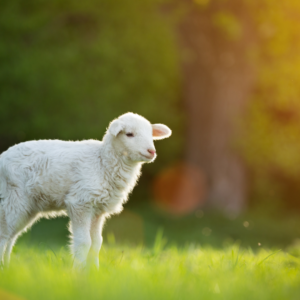
Imbolc is believed to translate from the Gaelic to mean ‘in the belly’ and refers to the lambing season. Others think it comes from the word oimelc, which means ewe’s milk. Either way, it was the first day of spring, a day of cleansing and renewal, and it most likely predates the Iron Age Celts. Archaeologists have found Neolithic stones in alignment with the day’s solar position.
Fires were lit, representing the return of the light after the winter’s darkness. Homes were swept out and cleaned to make room for the fresh air of the spring. Imbolc marks the halfway point between the Winter Solstice and the Spring Equinox. While there was dancing and music, the food was often simple items, such as bread and milk.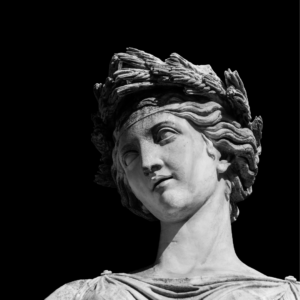
As was often the case, the Romans spread their holiday of Februalia over two weeks and focused on purification and ritual cleansing to prepare for the coming year. Led by Vesta, the goddess of the hearth, and Februus, a god of purification, households were ritually cleansed, and offerings were made to the gods to stave off the evil spirits who brought bad luck.
The Irish set the day aside as a time to worship Brigid, the goddess of fertility, healing, poetry, renewal, and smithcraft. People gathered together around bonfires and made offerings to the goddess for a fresh start and cleansing. Homes were cleaned and then blessed by the goddess for protection in the coming season. Divination and weather forecasting were part of the festival. Were groundhogs or badgers involved in their predictions?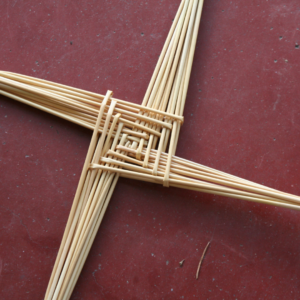
With the coming of Christianity, Imbolc became St. Brigid’s Day, dedicated to Brigid of Kildare, who was believed to share many of the attributes of the goddess. Brigid’s Crosses, woven of rushes, became symbols of protection from disease and fire and were hung on the doors of houses and barns. People left food outside their door for the saint and her sacred animals.
From Scottish and Irish folklore, we hear of the Cailleach, the winter hag. She appeared on this day to determine the length of winter. If it was sunny, she gathered more firewood, knowing that winter will continue for a few more weeks. If it was stormy, she returned to her home. Winter would be over soon, and she would not need additional wood.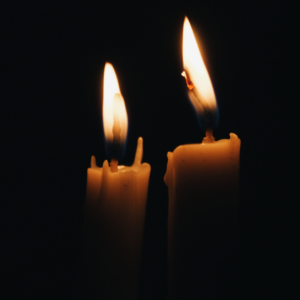
As for me, with no heating at the moment, I would have liked for Phil to tell me that winter would be over soon. I look out at the bare trees and am ready for springtime. How about you?
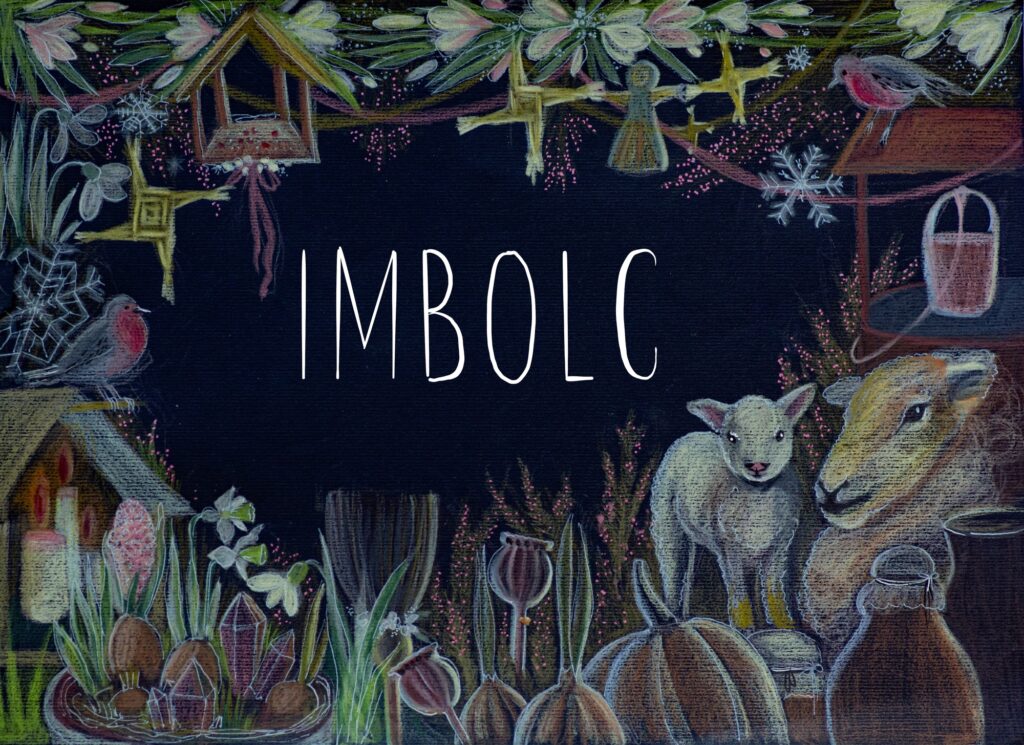
Thanks. Lots of new information. I am again amazed at the similarities between cultures in spite of the distance between them.
I agree. I am also amazed at how similar we all are.